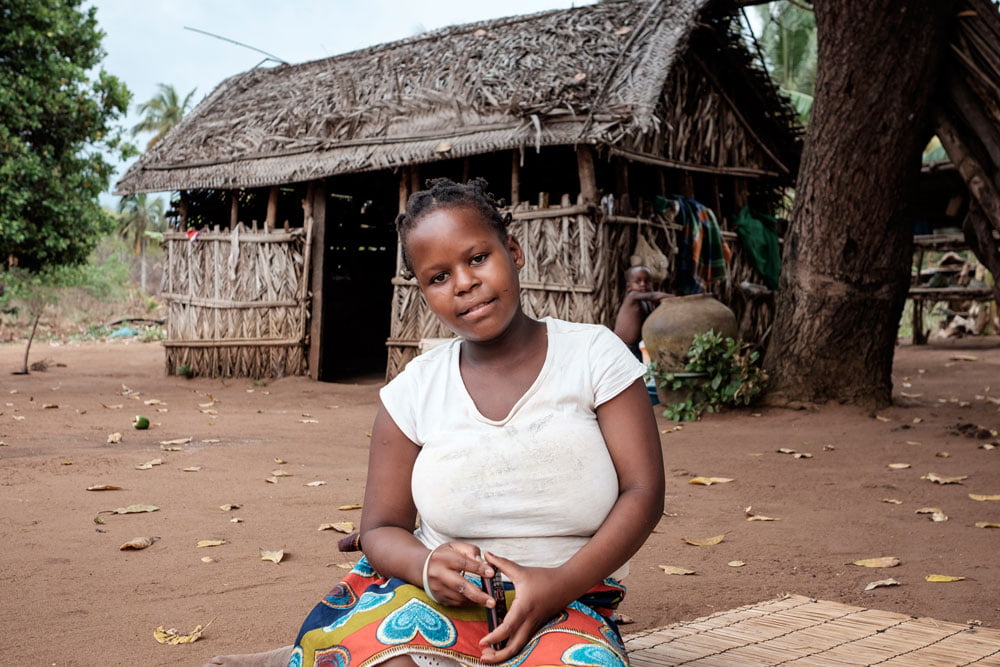Can you imagine what it would be like to be married at the age of 15? Married before you have finished high school, before you’re allowed to drive a car, drink, or vote? Every day, for 41,000 girls around the world, this is reality.
Child marriage is a global scourge. Child brides are at greater risk for experiencing poor health due to having children at extremely young ages, having more children over their lifetimes, experiencing greater rates of intimate partner violence, dropping out of school, earning less over their lifetime and living in poverty at greater rates than women who marry at later ages. Child brides are disempowered in ways that deprive them of their right to basic health, education and quality of life which then affects their children, households, communities, and nations.
But now, for the first time we can quantify the economic toll that child marriage inflicts upon the global economy. In groundbreaking new research from the World Bank and the International center for Research on Women the effects of child marriage on development and economic outcomes are measured and put into stark reality.
The idea that child marriage hinders economic growth was always considered, but this study is the first time hard data has been used to create a clear data driven argument to support the idea.
An Economic Incentive
This study does not go into much detail around how to end child marriage but it does provide us with significant economic data as an incentive to do so. Ending child marriage today would result in trillions of dollars flooding back into the economy by 2030. Many of these estimates come from reduced costs associated with welfare benefits. By 2030, there would be an average savings of $1.7 billion in welfare, $327 million in education budgets, $34 million in reduced infant mortality, and $8 million through reduced child stunting.
Most of these numbers come from future savings associated with population growth. In fact, the study demonstrates that the largest economic cost of child marriage is the reduced welfare costs associated with a reduced annual population growth rate. The study finds that if child marriage were to end today, by 2030, there could be as much as an 11% decrease in fertility in the 15 countries with highest rates of child marriage. This estimated reduced fertility comes from the estimate that the number of girls under the age of 18 giving birth would be reduced by up to three quarters. An 11% decrease would be astounding considering the US has experienced a 2% decrease in fertility and some demographers are seriously concerned.

If anything, this study makes one thing clear, decreased childbirths means cost savings. Ending child marriage, and thereby ending the associated childbirths, could lead to a global welfare benefits saving of $566 billion in purchasing power parity by the year 2030.![]()
Again, the economic incentive for ending child marriage is clear. Reducing childbirths means serious gains for the global economy.
